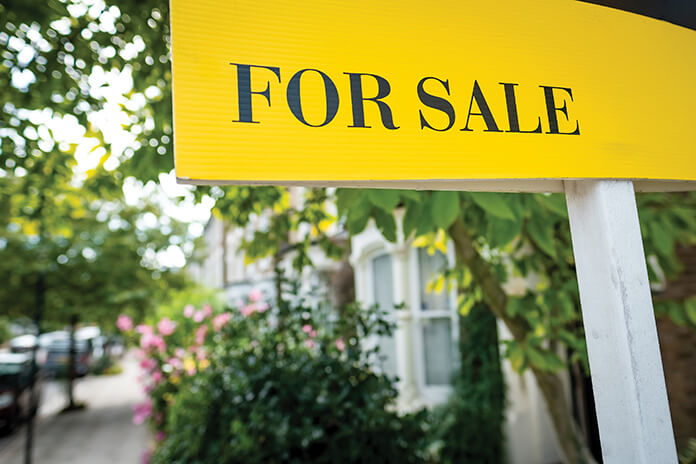How the Property Market is Faring So Far This Summer
Mortgage interest rates are slowly coming down in a bid to kickstart the property market. One area that desperately needs a helping hand is the construction supply sector where poor demand is already resulting in redundancies. Last month the government put skilled builders, plumbers and joiners on its ‘eligible workers’ visa list.
House prices
Average new seller asking prices dropped 1.9 per cent this month to £364,895, according to Rightmove figures. That may sound positive for first time house buyers but the majority are worse off, considering mortgage rates have increased at a higher rate.
According to Nationwide chief economist, Robert Gardner the cost of mortgage payments today would result in a first buyer paying around 43 per cent of their take-home pay on their mortgage today compared to 33 per cent last June. It’s no surprise then to find 10 per cent less properties being bought by first-time buyers, according to Rightmove.
Mortgages
Rising mortgage costs and increases in the cost of living resulted in a 14,000 drop in property purchases in June, compared to the same time the previous year. Then, 100,000 housing transactions went through, compared to 86,000 for the same month this year.
The good news is lenders are beginning to bring down their interest rates for house buyers – NatWest, Halifax and Virgin Money, Nationwide, Barclays, TSB and HSBC have all made concessions to the wider economic difficulties.
The reductions in mortgage borrowing couldn’t have come at a more suitable time. Earlier this month the Bank of England increased its base rate by 0.25, bringing it to five per cent. This was a further effort to bring down inflation. Mortgage lending criteria has also proved less restrictive in recent weeks.
Thousands of borrowers may now be worried that they acted a little hastily at the start of the summer in a bid to circumvent potentially higher mortgage rates. Bank of England figures showed an increase in mortgage approvals, from 51,100 in May to 54,700 in June. Remortgaging also increased by £5,000 to 39,100 from May to June.
Thomas Pugh, an economist at the audit, tax and consulting firm RSM UK, said: “With interest rates on mortgages continuing to rise, the average two-year fixed-rate mortgage deal broke above six per cent in June, we expect the peak in house prices to fall by around 10% with the risk of bigger falls if the base rate rises above six per cent.”
Construction
The construction sector is also feeling the pinch. Building supplier Marshalls announced this month that it would cut 250 jobs in a bid to stem losses caused by a drop in the demand for New Build homes.
The Yorkshire firm said sales were already 13 per cent down in June, year-on-year, with pre-tax profits down by twice that figure to £33m.
In July, Barratt Developments – the UK’s largest housebuilder, announced a double-digit drop in annual profits. It’s not only demand that’s fuelling the losses, supply chain difficulties are causing slowdowns while Brexit has led to a drop in skilled labour numbers.
Only this week, Crest Nicholson became the latest housebuilder to announce a profits warning. The company’s chief executive Peter Truscott, blamed a “significant reduction in sales.” This, he said, was due to “economic uncertainty deterring prospective home movers.”
Private rented sector
A recent report by property portal Zoopla shows the average PRS tenant in the UK now spends around 28 per cent of their salary on rent.
Edinburgh saw the biggest rise in rents last year, with an increase of 13.7 per cent. That was even higher than London at 13.5 per cent. The smallest increase was in Belfast, with 4.3 per cent.
According to Zoopla there are around 20 per cent to 40 per cent fewer homes to rent across the UK than before the pandemic. There’s also more tenants today than in the past five years. In the North East, for instance, there has been a 56 per cent demand for private rented accommodation since 2018, while, at the same time, supply has fallen by 42 per cent.
The highest increase in demand is in Scotland, with an 86 per cent increase, supply there has fallen by 18 per cent. The figures for the UK as a whole are a 57 per cent increase in demand and 28 per cent drop in supply.




